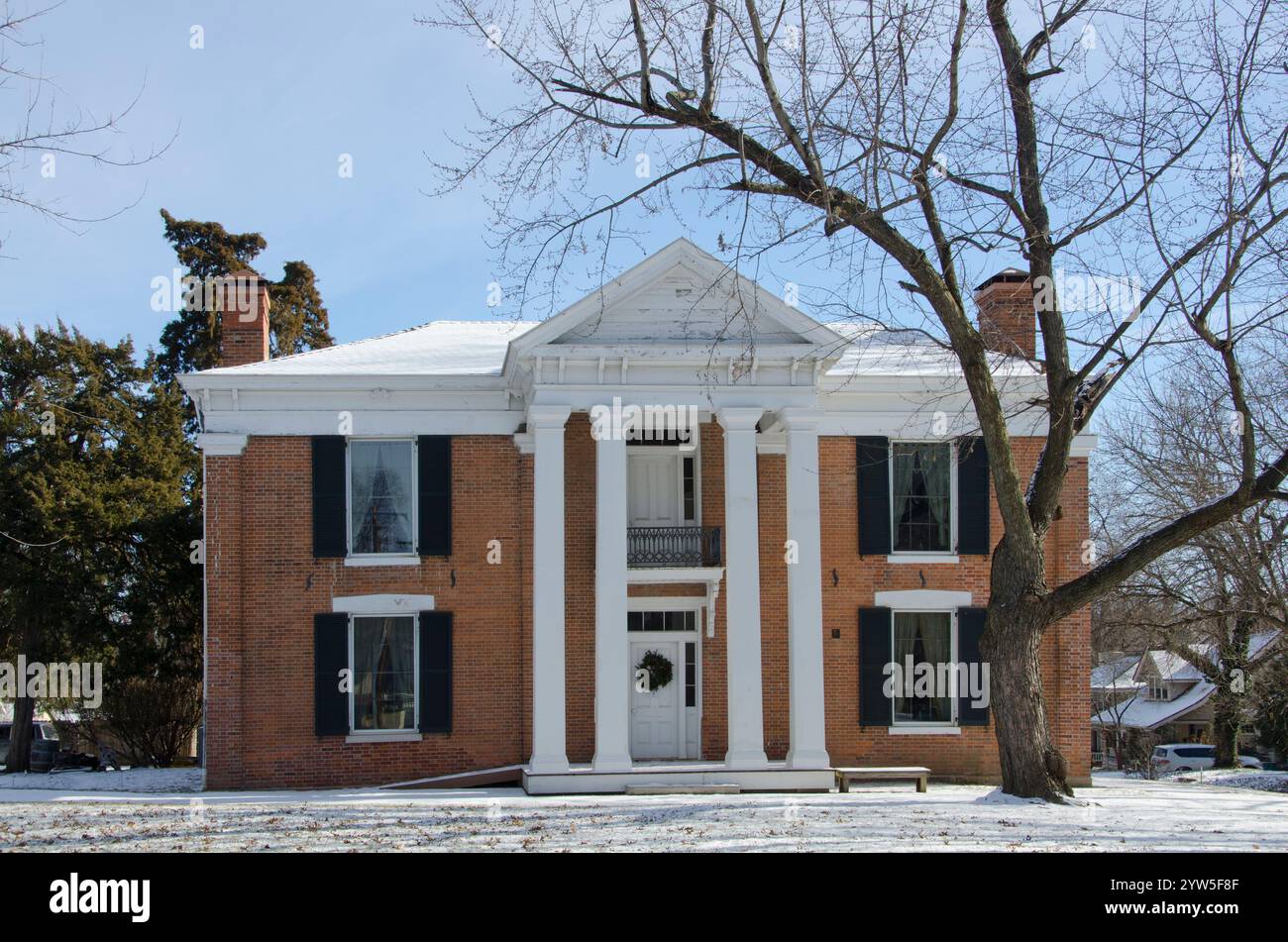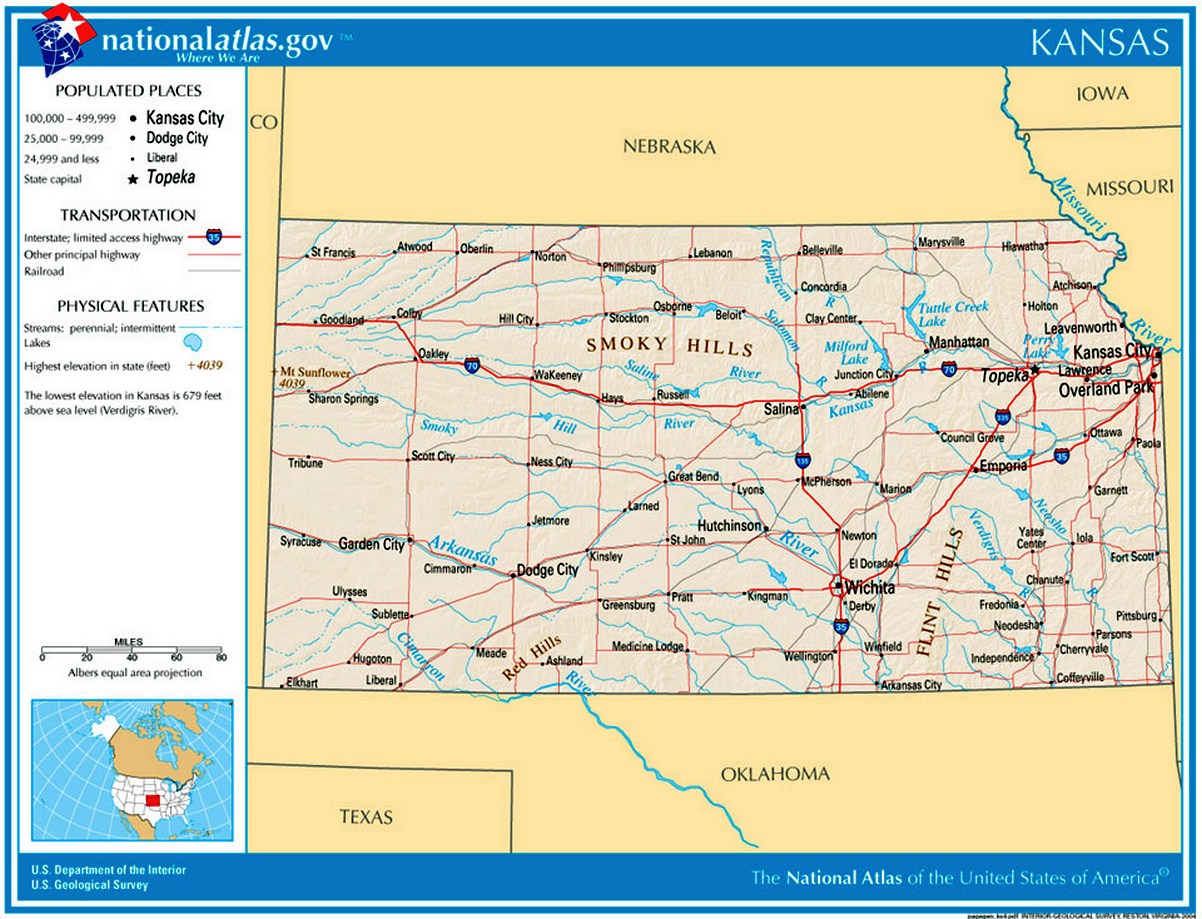
Kansas City’s Fiery Crucible: A Civil War Story of Blood, Borders, and Betrayal
Kansas City, Missouri, today stands as a vibrant metropolis, a hub of culture, commerce, and championship sports. Its skyline is dominated by modern towers, its streets buzz with life, and its identity is often associated with barbecue, jazz, and a friendly, Midwestern spirit. Yet, beneath this veneer of contemporary prosperity lies a history far more tumultuous, etched in the blood and fire of the American Civil War. Unlike the grand, decisive battles fought in the East, Kansas City’s war was a brutal, intimate affair – a vicious border conflict characterized by guerrilla warfare, divided loyalties, and a level of civilian suffering that left an indelible scar on the region.
This was not a war of armies clashing on open fields until the very end, but a daily struggle for survival, neighbor against neighbor, in a region aptly named "Bleeding Kansas" even before the first shots were fired at Fort Sumter.

The Tinderbox: Bleeding Kansas and the Border War
The seeds of Kansas City’s unique Civil War experience were sown long before 1861, with the passage of the Kansas-Nebraska Act in 1854. This legislation repealed the Missouri Compromise, allowing residents of new territories to decide for themselves whether to permit slavery through "popular sovereignty." Missouri, a slave state bordering the free territory of Kansas, became the epicenter of this violent ideological clash.
Kansas City, strategically located on the Missouri River, was at the heart of this unfolding drama. Pro-slavery "Border Ruffians" from Missouri, many from the counties surrounding Kansas City, poured into Kansas to vote illegally and intimidate Free-Staters. In retaliation, abolitionist "Jayhawkers" from Kansas launched raids into Missouri, freeing slaves and plundering property. The border became a lawless zone, a proving ground for the brutal tactics that would define the war years.
"The border was a crucible," noted historian Albert Castel, "where the lines between legal warfare and criminal banditry blurred, fostering a deep-seated hatred that would fuel the conflict for years." Houses were burned, farms abandoned, and a culture of vigilantism took root. This pre-war violence hardened hearts and forged a generation ready for total war, long before the rest of the nation understood its true horror.
A City Divided: The Unique Nature of Missouri’s War
When the Confederacy fired on Fort Sumter, Missouri found itself in an unenviable position. A slave state with strong economic ties to both North and South, it attempted to remain neutral. However, its strategic importance – controlling access to the Mississippi River, the gateway to the West, and vital supply lines – made neutrality impossible. Within Kansas City itself, families were torn. Union flags flew alongside Confederate banners, and loyalties often shifted with the ebb and flow of skirmishes.
Missouri’s contribution to the Union cause was significant, supplying more than 100,000 troops. Yet, it also sent tens of thousands to fight for the Confederacy. This internal division manifested most viciously in the form of guerrilla warfare. Unlike the structured armies of the East, Missouri’s conflict was dominated by irregulars: the pro-Confederate "Bushwhackers" and the pro-Union "Jayhawkers" and state militias.
These groups engaged in a relentless cycle of raids, ambushes, and retaliations. No quarter was given, and civilian populations bore the brunt of the violence. Farms were looted, towns burned, and non-combatants often murdered for their perceived loyalties. William Clarke Quantrill, a former schoolteacher turned ruthless guerrilla leader, became the most notorious of the Bushwhackers, striking fear into the hearts of Union sympathizers across the border. His exploits, often launched from Missouri bases near Kansas City, would escalate the conflict to horrific new levels.

The Lawrence Massacre and Order No. 11: A City Desolated
The summer of 1863 brought the conflict to its darkest point. On August 21, Quantrill, leading a force of around 400 Bushwhackers, including a young Jesse James and Frank James, launched a devastating raid on Lawrence, Kansas, a known Free-State stronghold. In a horrific act of terror, they systematically murdered between 150 and 200 unarmed men and boys, looted homes, and burned much of the town to the ground. The brutality of the Lawrence Massacre sent shockwaves across the nation and pushed Union authorities to desperate measures.
In retaliation, Union Brigadier General Thomas Ewing Jr., commander of the District of the Border, issued the infamous General Order No. 11 on August 25, 1863. This draconian decree ordered the forced evacuation of four Missouri counties south and east of Kansas City – Jackson, Cass, Bates, and northern Vernon – within 15 days. The order aimed to deprive Quantrill and other Bushwhackers of their civilian support base, accusing the residents of harboring and aiding the guerrillas.
The implementation of Order No. 11 was catastrophic. Union soldiers, often Jayhawkers, brutally enforced the evacuation. Homes were burned, crops destroyed, and livestock confiscated or killed. Thousands of families, mostly women, children, and the elderly, were forced from their homes with only what they could carry. They became refugees, many congregating in the devastated outskirts of Kansas City or fleeing north.
The scene was one of utter desolation. The once-fertile farmlands of these counties became known as the "Burnt District," a scorched earth stretching for miles, where chimneys stood as lonely sentinels over the ashes of former homes. "It was the most heart-rending scene I have ever witnessed," wrote General Ewing himself, describing the exodus. "The roads were filled with women and children, with their scanty outfits, fleeing from their homes." The long-term economic and social impact on the region was immense, crippling its development for decades.
The Battle of Westport: The "Gettysburg of the West"
The climax of the Civil War in Kansas City arrived in the autumn of 1864. Confederate Major General Sterling Price, leading an army of roughly 12,000 men, launched a desperate last-ditch effort to reclaim Missouri for the Confederacy. His objective was to capture St. Louis, but after encountering strong Union resistance, he turned west towards Kansas City and Fort Leavenworth, hoping to gather recruits and supplies.
Union forces, commanded by Major General Samuel R. Curtis and Major General Alfred Pleasonton, converged on Price. The stage was set for the largest battle fought west of the Mississippi River: the Battle of Westport, on October 23, 1864. Often referred to as the "Gettysburg of the West," this sprawling engagement involved over 30,000 troops fighting across present-day Loose Park, Brush Creek, and areas now part of the Country Club Plaza.
Price’s exhausted and poorly equipped troops faced a determined Union defense. The battle was fierce, with heavy fighting throughout the day. Union cavalry, including units of the U.S. Colored Troops, played a crucial role, outflanking Confederate positions. By late afternoon, Price’s forces were overwhelmed and began a full retreat south, their hopes of seizing Missouri shattered. The Union victory at Westport effectively ended the Confederate threat in Missouri and secured the state for the Union.
Legacy and Remembrance: Scars That Endure
The Civil War left Kansas City and its surrounding region deeply scarred. The years of guerrilla warfare, the devastation of Order No. 11, and the sheer scale of the Battle of Westport fundamentally shaped the city’s identity. The animosity between Union and Confederate sympathizers lingered for generations, influencing politics, social dynamics, and even the direction of local development.
The war also gave rise to new legends and outlaws. Many former Bushwhackers, unable or unwilling to return to civilian life, continued their violent ways as bank and train robbers. Jesse James, a veteran of Quantrill’s Raiders, became an iconic figure of the post-war era, romanticized by some as a Confederate hero, condemned by others as a ruthless criminal. His story is inextricably linked to the brutal border war that shaped his youth.
Today, Kansas City actively remembers its Civil War past. Historical markers dot the landscape, particularly around the Westport battlefield. The Battle of Westport Museum and Visitor Center offers a comprehensive look at the conflict, while monuments and preserved sites tell the story of a city forged in fire.
Kansas City’s Civil War history is not merely a footnote in the grand narrative of the conflict; it is a vital chapter that reveals the true, devastating nature of a nation torn apart. It is a story of resilience in the face of unimaginable hardship, a testament to the enduring power of division, and a stark reminder that even in the heartland, the wounds of war can run deep, shaping a city’s soul for generations to come. The quiet streets and bustling plazas of modern Kansas City stand as a living monument to a time when its very existence hung in the balance, a crucible that forged its enduring spirit.


